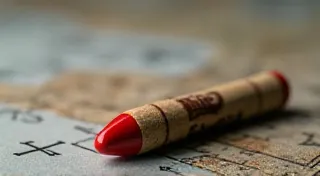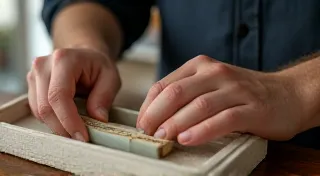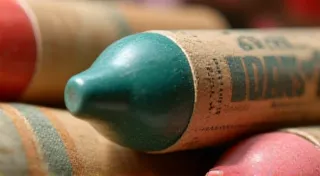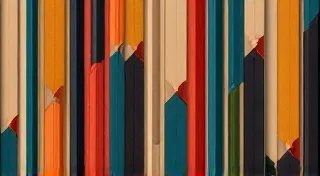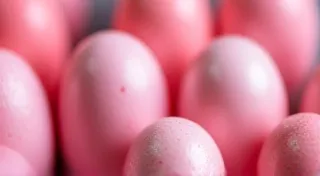The Value of Vintage Pencil Erasers: What Factors Influence Price?
Welcome to the fascinating world of vintage pencil erasers! More than just tools for correcting mistakes, these little gems have become cherished collectibles, drawing enthusiasts from all walks of life. But how do you determine the value of a vintage eraser? It's more than just age; a complex interplay of factors influences their price. In this guide, we're going to delve into what determines the value of vintage erasers, exploring rarity, condition, manufacturer, and historical significance.
Rarity: The Cornerstone of Value
Perhaps the most significant determinant of value is rarity. Just as with any collectible, the fewer examples of a particular eraser that exist, the more desirable it becomes. Several factors contribute to an eraser's rarity:
- Limited Production Runs: Many erasers were produced in small batches, often as promotional items or for a short period. The fewer the original quantity, the higher the potential value.
- Regional Availability: Some erasers were only distributed in specific regions or countries. If an eraser is commonly found in one location but scarce in another, its value can be considerably higher in the rarer region.
- Promotional Items: Erasers given away at trade shows, fairs, or tied to specific product launches are often rarer due to the limited timeframe and scope of distribution.
- Errors & Novelties: Manufacturing errors (like color variations, misprints, or unusual shapes) can sometimes make an eraser incredibly rare and valuable. Novelty erasers, shaped like animals or other objects, were frequently produced in small numbers.
It’s important to note that rarity isn't always about the overall number produced. It’s about how many *survived* to reach the collecting market. Many erasers were discarded or lost over time, further reducing their availability.
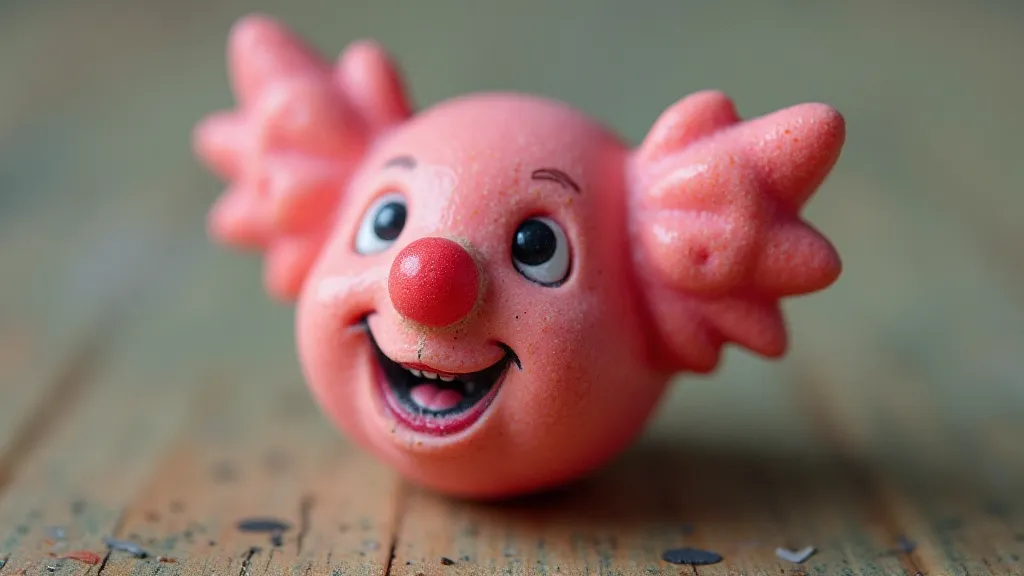
Condition: The Crucial Factor
Condition is paramount in determining the value of any collectible, and vintage pencil erasers are no exception. Erasers, being small and often used, are prone to wear and tear. Condition is typically assessed on a scale, with the following general categories:
- Mint (M): Absolutely pristine, as if just removed from its original packaging. This is extremely rare for vintage erasers.
- Near Mint (NM): Shows virtually no signs of use or wear. Very slight imperfections might be present.
- Excellent (EX): Shows minimal wear, such as minor scuffs or slight discoloration.
- Very Good (VG): Shows moderate wear, including noticeable scuffs, discoloration, or slight rounding of edges.
- Good (G): Shows significant wear, including major scuffs, discoloration, and/or chipping.
- Fair (F): Shows extensive wear and damage, potentially including breaks or missing pieces.
- Poor (P): Heavily damaged, incomplete, or severely worn.
Even a rare eraser in poor condition will be worth less than a common eraser in excellent condition. Damage such as cracks, breaks, missing corners, or significant discoloration will significantly reduce value. Original packaging (if available) dramatically increases the value, especially if the eraser is in excellent condition.
Manufacturer & Brand Recognition
The manufacturer or brand behind a vintage eraser plays a significant role in its value. Some manufacturers were known for producing higher-quality or more innovative erasers, making their products more sought-after by collectors.
- Prestigious Brands: Companies with a reputation for quality and craftsmanship, such as Faber-Castell, Eagle Pencil, and Mitchell, often command higher prices for their vintage erasers.
- Unique Designs: Certain manufacturers were known for particularly distinctive or inventive designs, which collectors actively seek out.
- Less Common Manufacturers: Erasers produced by smaller, less well-known companies can be valuable due to their rarity. Researching the history of these companies can sometimes uncover fascinating details that add to the eraser's appeal.
Some erasers feature licensed characters or brands (e.g., Disney, Marvel, or popular cartoon characters). The value of these erasers depends on the popularity of the character and the rarity of the eraser itself.
Historical Significance & Novelty
Beyond rarity and condition, the historical significance of an eraser can substantially influence its value. This can stem from several factors:
- Cultural Impact: Erasers associated with significant historical events, movies, or cultural trends can become highly desirable.
- Advertising History: Vintage erasers were frequently used in advertising campaigns. Those tied to memorable or iconic advertising campaigns can command a premium.
- Technological Innovations: The evolution of eraser technology (e.g., the shift from natural rubber to vinyl or plastic) can make early examples particularly interesting to collectors.
- Artistic Merit: Some vintage erasers were considered miniature works of art, featuring intricate designs or unique sculpting.
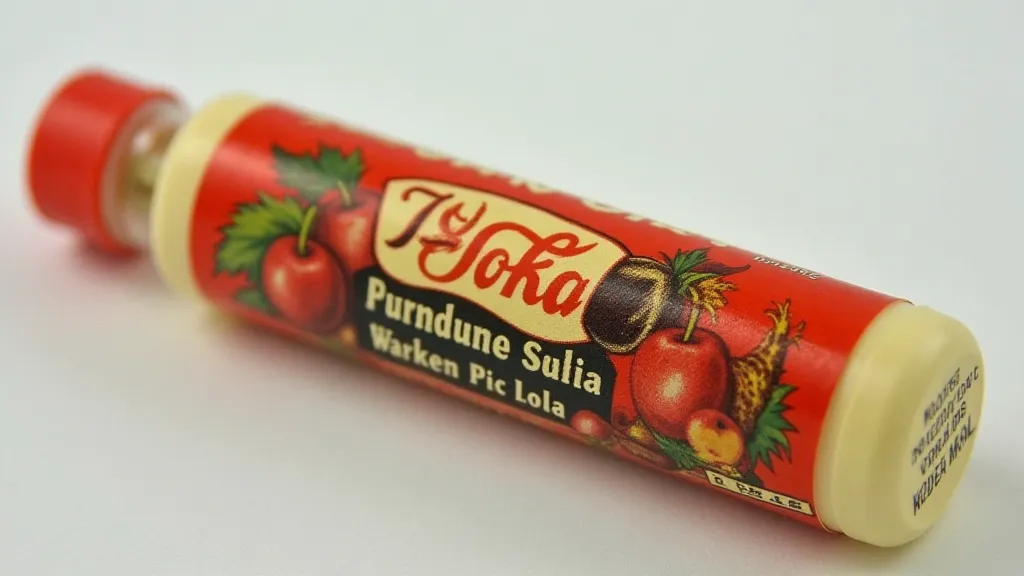
Research and Resources
Determining the value of a vintage pencil eraser is an ongoing process. Prices fluctuate based on market demand and the availability of information. Here are some resources to help you in your collecting journey:
- Online Auction Sites: eBay and similar platforms offer a real-time view of current market prices.
- Collector Forums & Communities: Engaging with other collectors can provide valuable insights and information.
- Price Guides & Catalogs: While not always comprehensive, these resources can provide a starting point for valuation.
- Specialized Auctions: Auction houses that specialize in vintage stationery or collectibles can provide expert appraisals and a competitive marketplace.
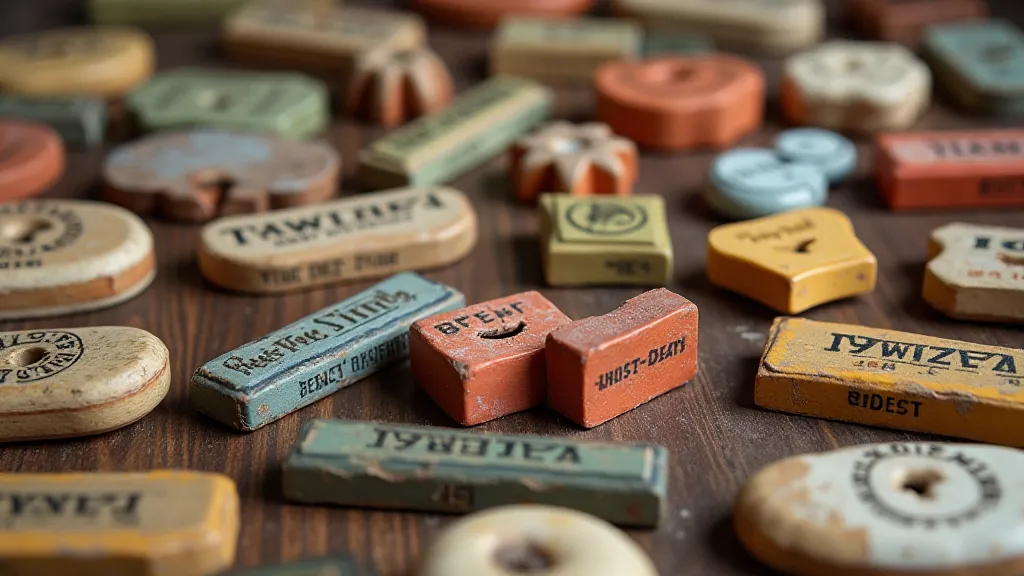
Conclusion
The world of vintage pencil erasers is filled with delightful treasures and intriguing stories. Understanding the factors that influence their value - rarity, condition, manufacturer, and historical significance - is key to both appreciating their charm and making informed collecting decisions. Happy collecting!

